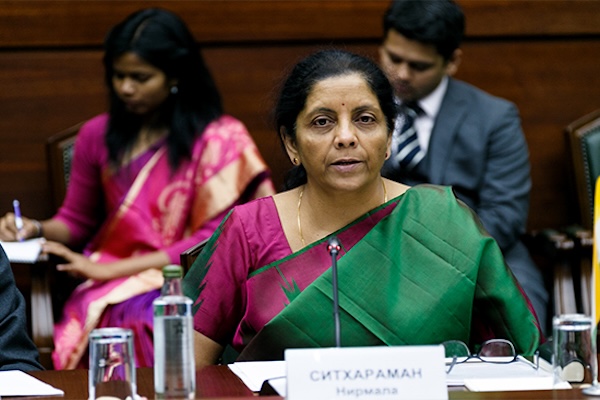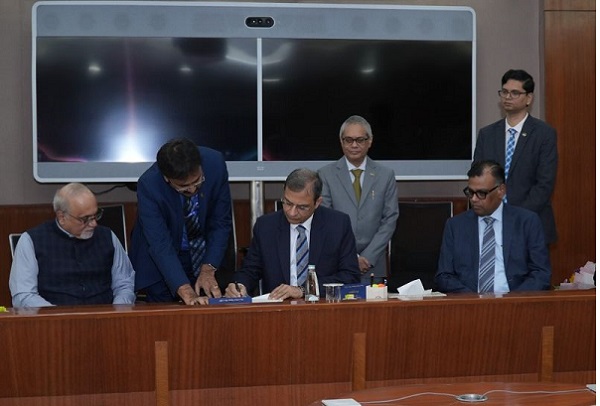.png)

Groupthink is the House View of BasisPoint’s in-house columnists.
April 23, 2025 at 2:16 PM IST
The Reserve Bank of India’s April Monetary Policy Committee minutes leave little doubt about its directional shift. With inflation well below target and global trade disruptions dimming growth prospects, the RBI has lowered rates, adopted an accommodative stance, and ramped up liquidity infusion. The cumulative easing now stands at 50 basis points in 2025, and markets are already pricing in another 50 bps by October. Some economists even see scope for a cut to 5.00–5.25% from the current 6.00%.
Yet this decisive turn contains a useful friction—a built-in speed bump—most clearly voiced by MPC member Saugata Bhattacharya.
His statement introduces a caveat to the broader dovishness, letting the markets know that the RBI is not entering a mechanical cutting cycle. This nuance, far from being a contradiction, may be exactly what allows the RBI’s easing strategy to work without emboldening expectations to incessant rate cuts.
Bhattacharya supported the 25-basis-point cut, as well as the shift to an accommodative stance, but not without parsing the implications. He admitted to initial reservations, arguing that a neutral stance preserved greater flexibility. His concern was that accommodative language could be misconstrued as a pre-commitment to sustained rate cuts, even if incoming data argued for a pause. He relented only after it was clarified, presumably by RBI members of the committee, that the stance simply signals that a rate hike is off the table, not that a string of cuts is guaranteed.
(Perhaps he sought direct assurance from the RBI governor)
This hesitation is instructive. It introduces an element of conditionality—what markets interpret as “data dependence”—and helps contain the risk that policy expectations overshoot. Bhattacharya’s stance can be seen as a Groupthink within the committee, tempering the RBI’s broad pivot with a structural caution: the MPC may still pause mid-cycle if conditions warrant. This is not forward guidance in the classical sense; it’s a brake mechanism within the easing framework.
Even so, the overall messaging is unambiguously dovish. Rajiv Ranjan made the clearest case for rate cuts, arguing that growth risks now outweigh inflation concerns and that monetary transmission hinges not just on liquidity, but on clear signalling. The stance shift, he wrote, was intended to reduce friction between market segments and monetary policy expectations—essentially to align lenders’ behaviour with the RBI’s intent. Governor Sanjay Malhotra was equally clear that growth had to be “nurtured” through pre-emptive easing, even if domestic conditions were not yet showing outright distress.
The implicit caution from Bhattacharya’s dilemma will not deter the market from front-running the RBI as long as liquidity remains abundant and the “carrot” of further easing dangles in front of them.
In that context, the possibility of a stop-go approach to rate cuts may not unsettle bond traders. As long as the central bank keeps the liquidity taps open and avoids signalling any intent to tighten, the curve can absorb pauses without repricing the entire easing path.
What the April minutes confirm is that the RBI is willing to pursue a flexible but directional easing policy. The internal divergence—Bhattacharya’s caution and Ranjan’s urgency—signals that policy remains adaptive while offering markets enough clarity to stay engaged. The stance is accommodative. The language is careful. The liquidity is plentiful. And the path, though not linear, is still headed significantly south.




